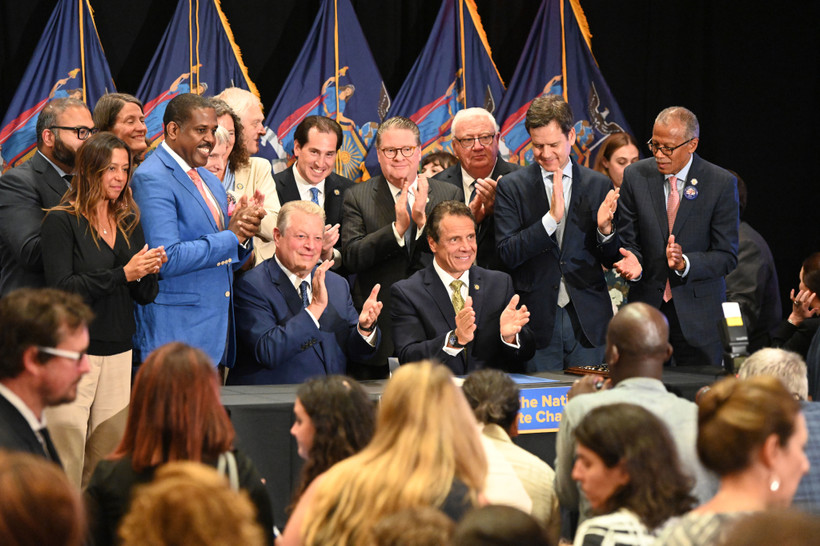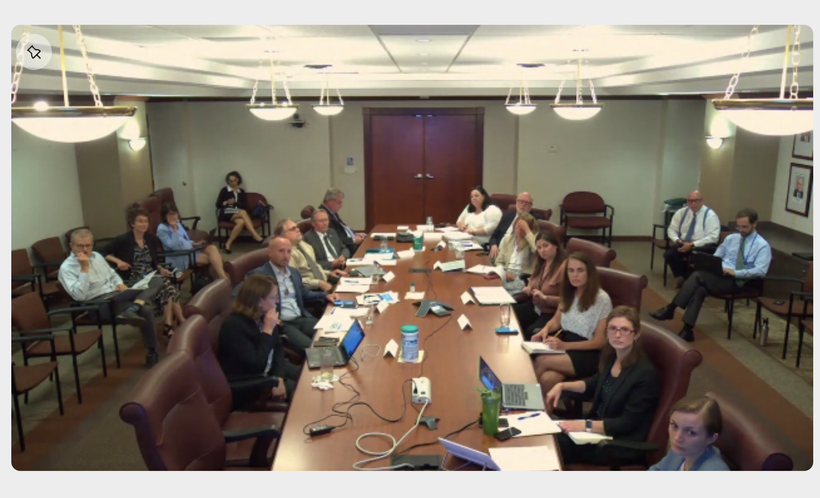The Council Implementing New York’s Climate Law Is Stacked With Industry Executives
A top energy executive, whose firm is designing pro-gas talking points, has a seat at the table charting the state’s path to decarbonization.

This story was co-published with The American Prospect.
This story was co-published with The American Prospect.

This piece has been updated with a comment from the New York Department of Environmental Conservation.

Before Kathy Hochul paused it, the tolling program lost the little labor support it had when the Transport Workers Union withdrew its backing this spring.
More counties are turning to private corporations to run medical care in jails. The companies have deadly track records.
Rebecca Lamorte was let go by her employer in June, prompting the Assembly Speaker to place an upset call to her boss.
As the state has backpedaled on congestion pricing, it has made no progress on nearly half of its other transit-related climate goals.
The state is blowing past key milestones on the way to its big emissions targets.
The constant gridlock is a major drag on Manhattan’s businesses, and source of frustration for commuters. And it’s never been so bad.

